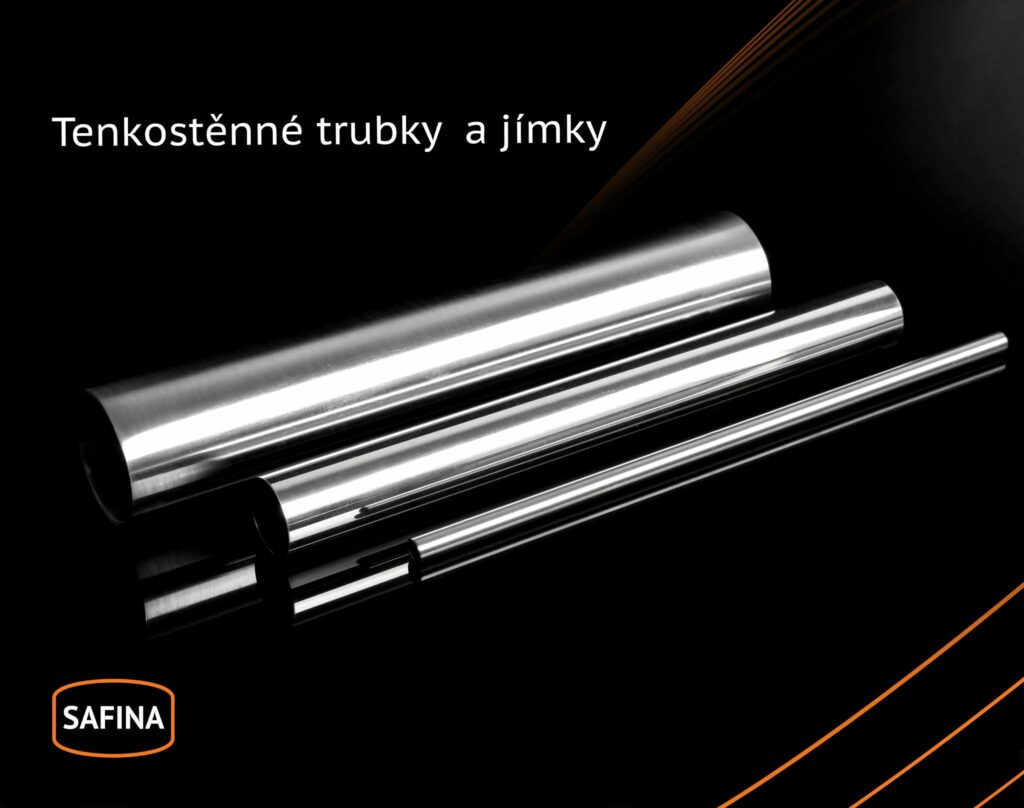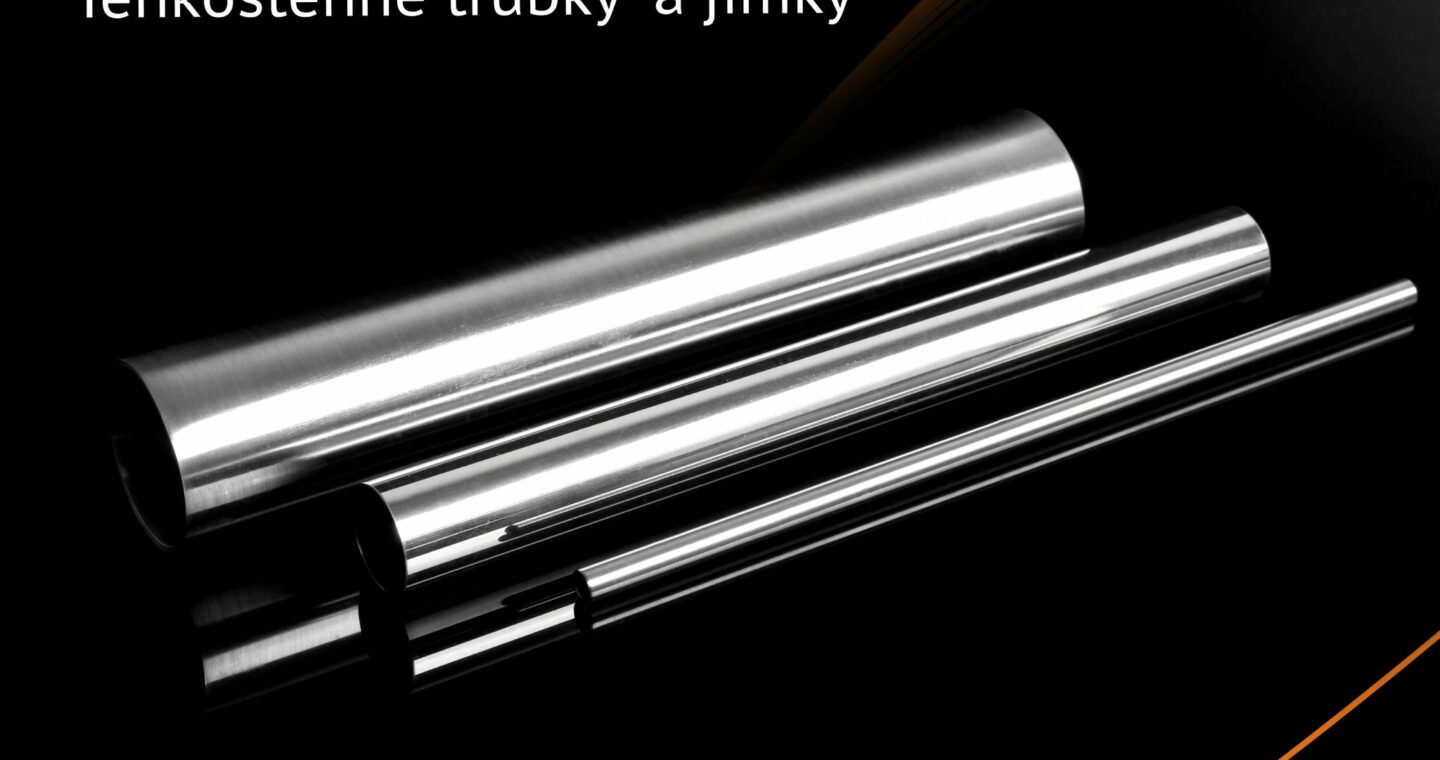Thin-walled pipes made of Pt, Pt GSP (stabilized platinum), PtRh10 and PtRh20 materials are used for the production of thin-walled thimbles with a minimum wall thickness of 0.18 mm.
Making such a thin wall for pipes and thimbles is very demanding and requires special tools. For common wall thicknesses ranging from 0.3 to 1.0 mm, a drawing procedure “on hollow” is used. This means that the pipe is pulled through a die, which determines the outer diameter of the pipe. The inner diameter is determined by the production process, e.g. the drawing speed and the type of material, which is determined so, that the outer and inner diameters of the pipe correspond to the required specifications.
Thin walls
For very thin walls from 0.18 to 0.29 mm, the technology will be modified so that in addition to the die, another special tool will be used – the inner mandrel. The outer diameter will be formed by a die and the inner diameter will be calibrated with a mandrel.
Closing thimbles with a very thin wall is another special manufacturing operation. For flat bottom wells, a material thickness of at least 0.4 mm must be used to weld the bottom to the pipe. In the case of round-bottomed thimbles, the hemisphere of the bottom is first pre-pressed, which is then welded to the pipe.
Great care must be taken when handling such thin pipes and thimbles, as greater pressure on the wall leads to its permanent deformation. Thin-walled thimbles serve as protection of the ceramic well of temperature sensors. They are slid onto a ceramic thermowell, which serves as a support, so a thin-walled thimble is enough. Sensors that are used, for example, in the vault of a glass melting furnace must withstand a very aggressive environment. The use of protective platinum wells prolongs the life of temperature sensors to the maximum.


